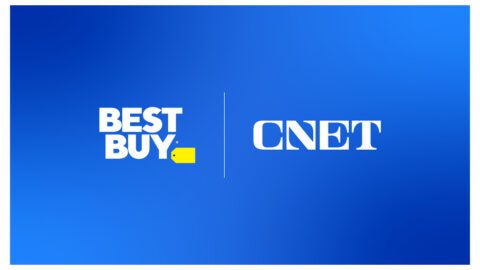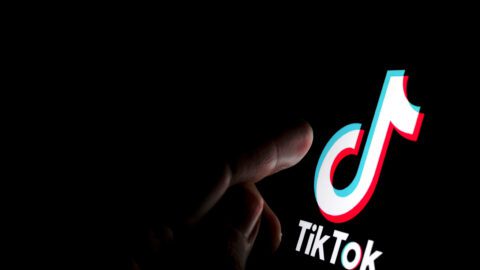ROI for online advertising benefited from the shift to ecommerce in 2020, as well as the increasingly granular targeting capabilities offered by the biggest players in the space, according to the Sidecar 2021 Benchmark Report. Metrics including return on ad spend (ROAS) and cost per click (CPC) improved significantly across multiple platforms as retailers refined their efforts and drew in new customers.
However, marketing is never stagnant, and retailers will need to refine their programs as the nature of online advertising continues to change. Consumer demand for greater privacy is already posing challenges, but there also are new opportunities such as reducing the space between ad and purchase.
The three platforms examined by the report include:
- Google Paid Ads: This tried-and-true platform offered better returns than ever, but the tech giant’s new emphasis on shopper privacy means retailers will need to rethink how they target shoppers through search;
- Facebook: Social media has long been a great vehicle for enticing consumers, but Facebook’s potential as a shopping destination has made it increasingly attractive for grabbing shoppers further down the funnel; and
- Instagram: Bigger players on this platform are seeing the best returns from their experiments, but creativity can win the day even if you don’t have the budget to test the more experimental possibilities of social commerce.
Targeting Makes Google Paid Ads Cost-Effective, but Privacy Concerns Loom
Unsurprisingly, the prevalence of online shopping made Google Paid Search ads a winner in 2020: average ROAS rose 31% while CPC fell 14% compared to 2019. This may seem counterintuitive at first — competition was high during the height of the pandemic, which should have driven up costs — but ever-improving targeting capabilities meant individual marketers were zeroing in on their target demographic rather than fighting over more generic keywords.
Advertisement
“These platforms, historically, have been adding new things that allow retailers to better target customers, and therefore they’re not always spending dollars on general top-of-funnel high volume keywords, where the competition is so high that CPCs are higher,” said Mike Farrell, Senior Director of Integrated Strategy at Sidecar in an interview with Retail TouchPoints. “They’re actually creating programs where everything’s a lot more targeted, and retailers are picking and choosing their battles where CPC is a little bit lower.”
However, retailers will need to be prepared for change as Google puts a bigger emphasis on privacy, particularly through the removal of support for third-party cookies. The reason for the change is understandable from the shopper’s perspective — 72% of people feel like almost everything they do online is being tracked by companies, and 81% say data collection’s risks outweigh the benefits, according to data from the Pew Research Center cited by Google.
“The other aspect that’s going to materially change that dynamic is the whole conversation around privacy, and how that’s all going to shake out and impact retailers’ ability to do that level of targeting and how that will translate into CPCs and the fallout of performance and conversion rates,” said Farrell. “There’s definitely going to be an adjustment period for retailers and digital marketers alike, whether you’re an agency or a technology company like us.”
Facebook Becomes a Shopping Destination, Giving Ad Spend a Boost
The pandemic also gave Facebook an opportunity to fully come into its own — not just as a marketing platform but as a storefront. Advertising effectiveness on the platform had a banner year, with CPC falling 18% to $0.57 and ROAS rising 29% year-over-year. These improvements were attributed to the evolution of Facebook as not just a place to learn about products, but a site where shoppers actually buy them.
“In previous years, return on ad spend was typically lower because you’re marketing to a customer, and that’s more of an upper to mid-funnel tactic where you’re trying to stay in front of them and escort them down the funnel, but they don’t typically purchase in that realm,” said Farrell. “Because people started to actually make purchases on Facebook, now retailers are dumping more money into the platform and people are still continuing to buy. I think that we’ve continued to see that in 2021. It’s going to stay as a tactic now that people are a lot more comfortable shopping on Facebook.”
Facebook’s granular targeting capabilities make it particularly valuable for retailers catering to specific demographics, according to Farrell. Older shoppers in particular started using ecommerce in droves, and Facebook helped retailers reach out to these newcomers and show them how easy it can be to make a purchase online.
Instagram Can Be Expensive, but Creativity Makes a Big Difference
Instagram is a relatively young platform for paid social, and it shows in how costly social marketing can be. Retailers that spent $25,000 or more per month saw the best returns from their efforts, with the lowest CPC ($0.78, compared to an average of $0.86) and cost per action ($8.76, compared to $10.60) alongside the highest conversion rate (8.91%, compared to 8.07%).
Farrell attributed these results to the fact that paid social is still experimental in many ways, which means it takes money to test out which marketing efforts will drive the best results. Additionally, Instagram has fewer ad placement options than Facebook, which drives competition and causes prices to rise as multiple retailers try to squeeze into limited screen space.
However, small retailers still have access to the tool that can overcome monetary advantages across all marketing platforms: creativity. Retailers with medium-sized Instagram budgets ($5,000 to $25,000 per month) saw 209% year-over-year ROAS growth, compared to 36% for larger companies. Retailers with a strong message and a good grasp on how to get it across visually were able to make serious inroads on the platform.
“I don’t want to lean on the idea that you need to have such a huge budget to be able to see success there,” said Farrell. “We have seen smaller retailers with much smaller budgets drive success. I think really the key aspect to that is that retailers that have a really strong, compelling visual message, whether it’s on Facebook, Instagram or other areas, can really sell their brand and communicate value. These are the ones that can make even small budgets work on platforms like this.”









